
Vietnamnet
2144 newsArticles by author

E-commerce market had eventful year with B2C turnover of US$6 billion
Foreign e-commerce retailers are dominating Vietnamese firms through ad campaigns, delivery services and money collection services.
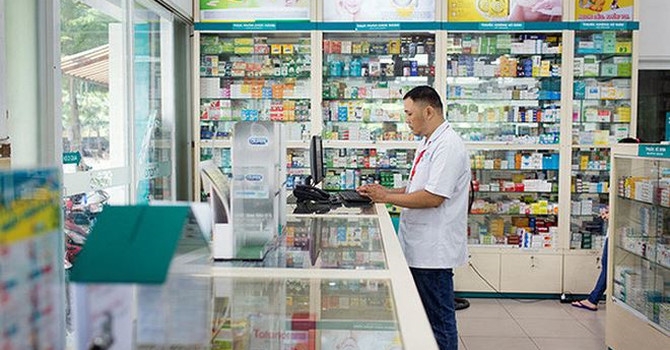
Drug retail market expands with new players
Giant retailers who have been eyeing the drug retail market for years have finally joined the game with ambitious plans to remap the market.
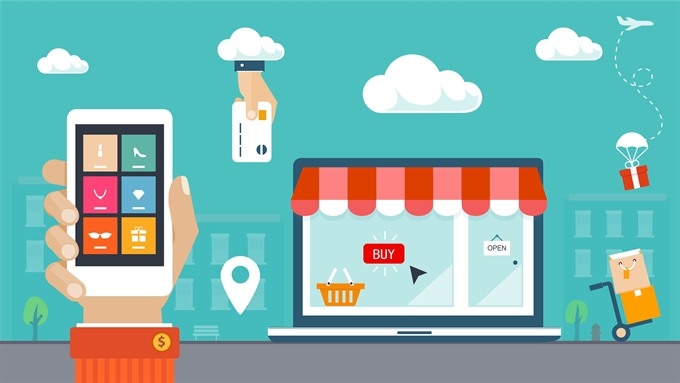
Local e-commerce market now a playing field for Chinese businesses
The Chinese JD Group has announced a plan to pour money into Tiki, a Vietnamese e-commerce website.
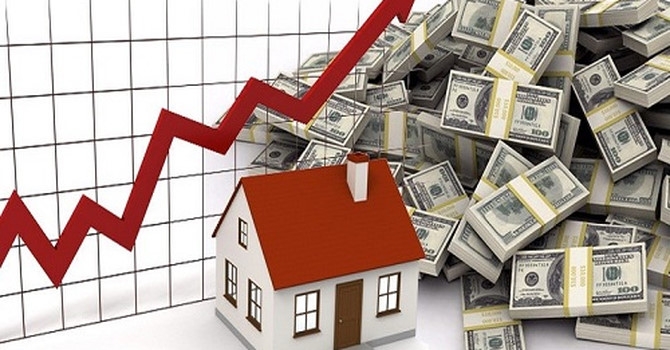
Japanese capital keeps flowing into real estate
Japanese investors continue pouring money into Vietnam real estate firms despite the prediction that hot growth will slow in the time to come.
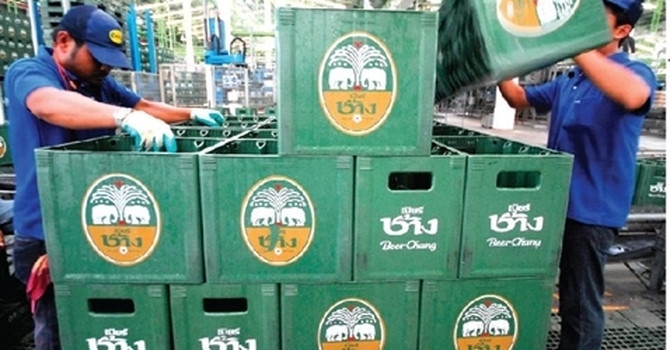
Will Thaibev and other brewers remap Vietnam’s beer market?
According to Ban Viet Securities (VCSC), the Vietnamese beer market is now controlled by Sabeco which holds 40% of market share, Heineken 25%, Habeco 18% and Carlsberg 10.8%.
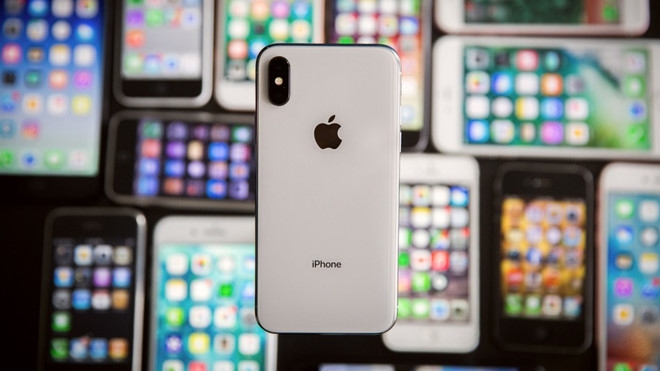
iPhone X orders weak globally, but strong in Vietnam
IPhone X products are still selling like well in Vietnam, though international media report that poor sales because of its high price, about US$1,000.
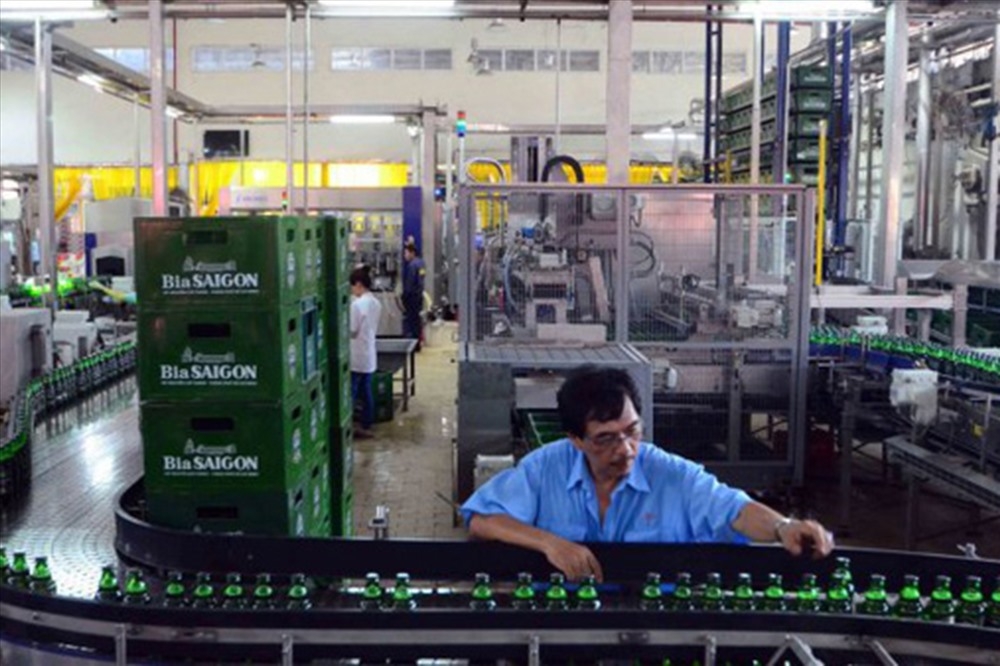
More and more Vietnamese brands bought by foreign companies
Many Vietnamese famous brands, one after another, are being bought by foreigners.
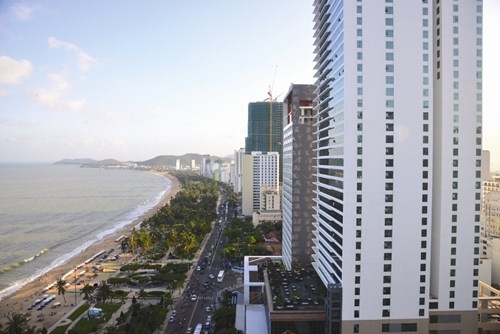
Investors conflicted about investing in condotels
2017 was a discouraging year for investors who poured money into condotels. However, analysts believe that once legal problems are settled, investment in this type of property will be increasing rapidly.
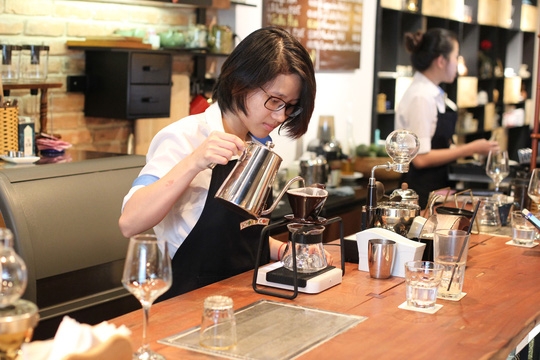
Vietnam coffee imports on the rise
Vietnam, the second largest coffee exporter in the world, is importing more coffee as demand from restaurants, hotels and shops has increased.
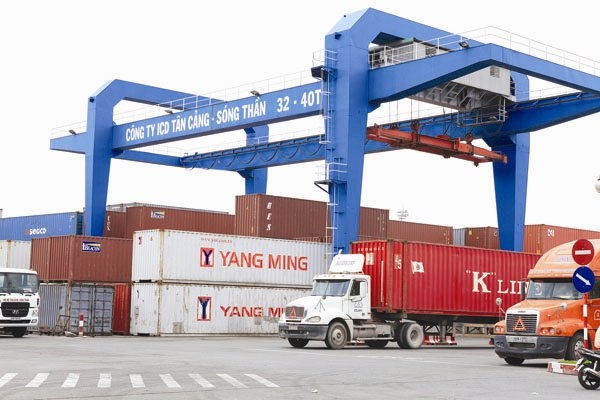
2017: eventful year for Vietnam logistics sector
In February 2017, the PM signed Decision 200 approving an action plan to develop Vietnam’s logistics by 2025, a large-scale plan with 60 tasks assigned to relevant ministries, agencies, associations and businesses.
